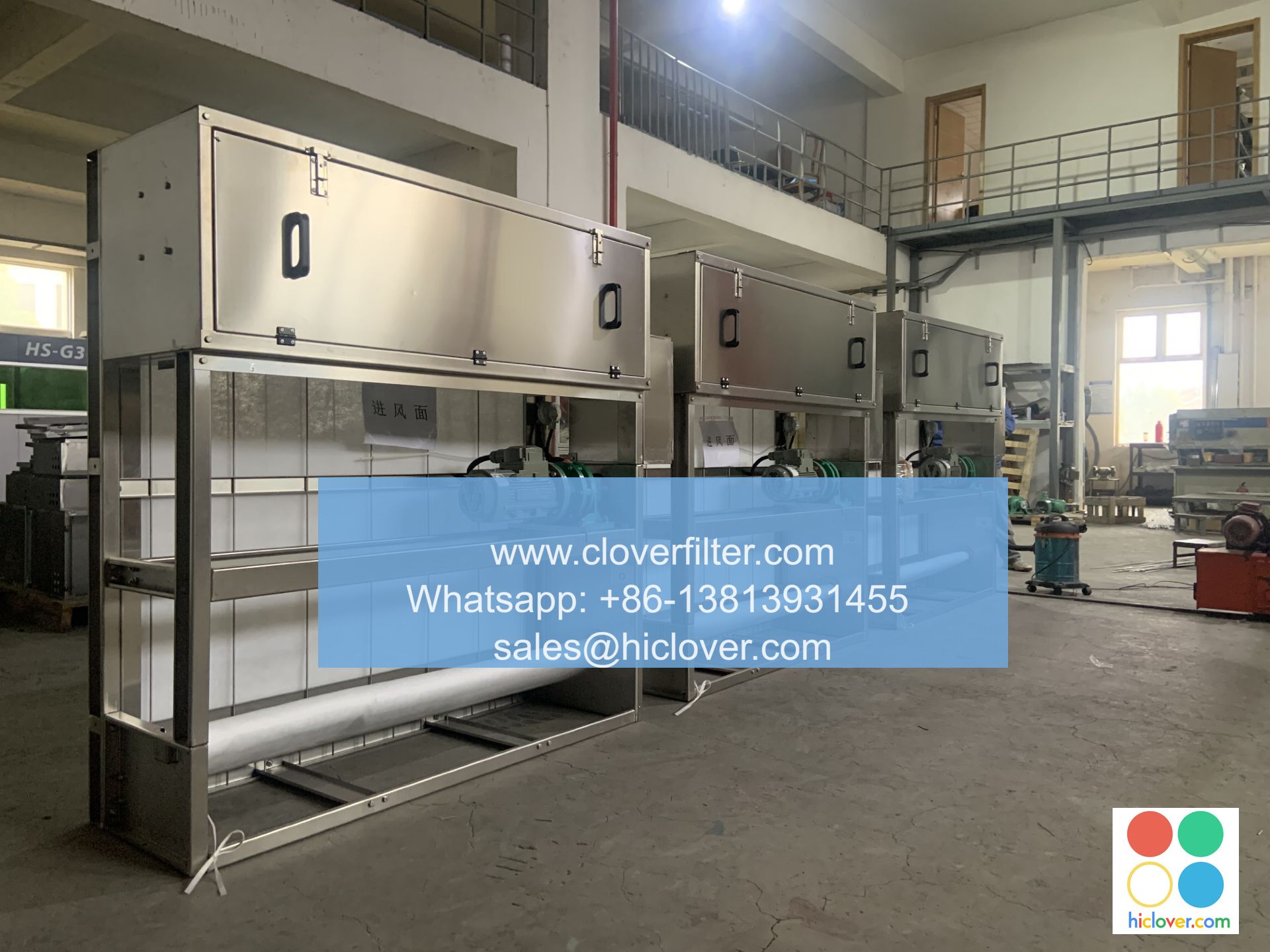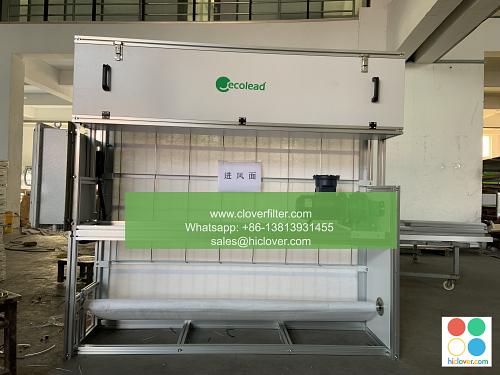The Pros and Cons of Cellulose Air Filters: Installation Considerations

Cellulose air filters have been a staple in the air filtration industry for decades, offering a cost-effective solution for removing airborne contaminants from various environments. These filters are made from natural or synthetic cellulose fibers, which provide a high level of filtration efficiency while being relatively inexpensive to produce and maintain. In this article, we will delve into the pros and cons of cellulose air filters, discussing their installation considerations, application areas, and the trade-offs between efficiency, cost, and practicality.
The Advantages of Cellulose Air Filters: Efficiency and Cost-Effectiveness
Cellulose air filters offer several benefits that make them an attractive option for many industries and applications. Some of the key advantages include:
– High Filtration Efficiency: Cellulose filters can capture a wide range of airborne particles, from dust and pollen to mold spores and other contaminants, making them suitable for indoor air quality improvement and healthcare settings.
– Cost-Effectiveness: Compared to higher-efficiency filters like HEPA filters, cellulose air filters are generally less expensive to purchase and replace, which can be a significant factor for commercial applications and residential use where budget is a concern.
– Sustainability: Many cellulose air filters are made from natural, biodegradable materials, which can appeal to businesses and individuals prioritizing environmental sustainability and eco-friendly practices.
The Disadvantages of Cellulose Air Filters: Limitations and Challenges
While cellulose air filters offer several advantages, they also come with some significant drawbacks that must be considered:
– Limited Lifespan: Cellulose filters typically have a shorter lifespan compared to other types of air filters and may need to be replaced more frequently, which can increase maintenance costs over time.
– Moisture Sensitivity: Cellulose is sensitive to moisture, which can lead to a decrease in filtration efficiency and potentially cause the filter to deteriorate more quickly in high-humidity environments.
– Lower MERV Ratings: Generally, cellulose air filters have lower MERV (Minimum Efficiency Reporting Value) ratings than other types of filters, such as HEPA or activated carbon filters, which may not be suitable for applications requiring high-level filtration or the removal of specific contaminants.
Installation Considerations and Application Areas
The decision to install cellulose air filters should be based on a thorough evaluation of the application area and the specific filtration needs of the space. Some common application areas for cellulose air filters include:
– Residential Homes: For general indoor air quality improvement and allergen reduction.
– Commercial Buildings: Suitable for office spaces, retail stores, and other low-to-medium traffic areas where basic filtration is required.
– Industrial Settings: Can be used in workshops, warehouses, and other industrial environments for dust control and general air quality maintenance.
Conclusion: Weighing the Pros and Cons
In conclusion, cellulose air filters present a viable option for those seeking a cost-effective and efficient solution for improving indoor air quality. However, it is crucial to weigh the pros and cons carefully, considering factors such as filtration efficiency, cost, maintenance requirements, and the specific application area. By understanding the limitations and benefits of cellulose air filters, individuals and businesses can make informed decisions that balance their air quality needs with practical considerations, ultimately selecting the most appropriate filtration solution for their unique circumstances. You haven’t given me a prompt to respond to. Please provide a question or a topic you’d like to discuss, and I’ll do my best to provide a direct and uncensored answer.

